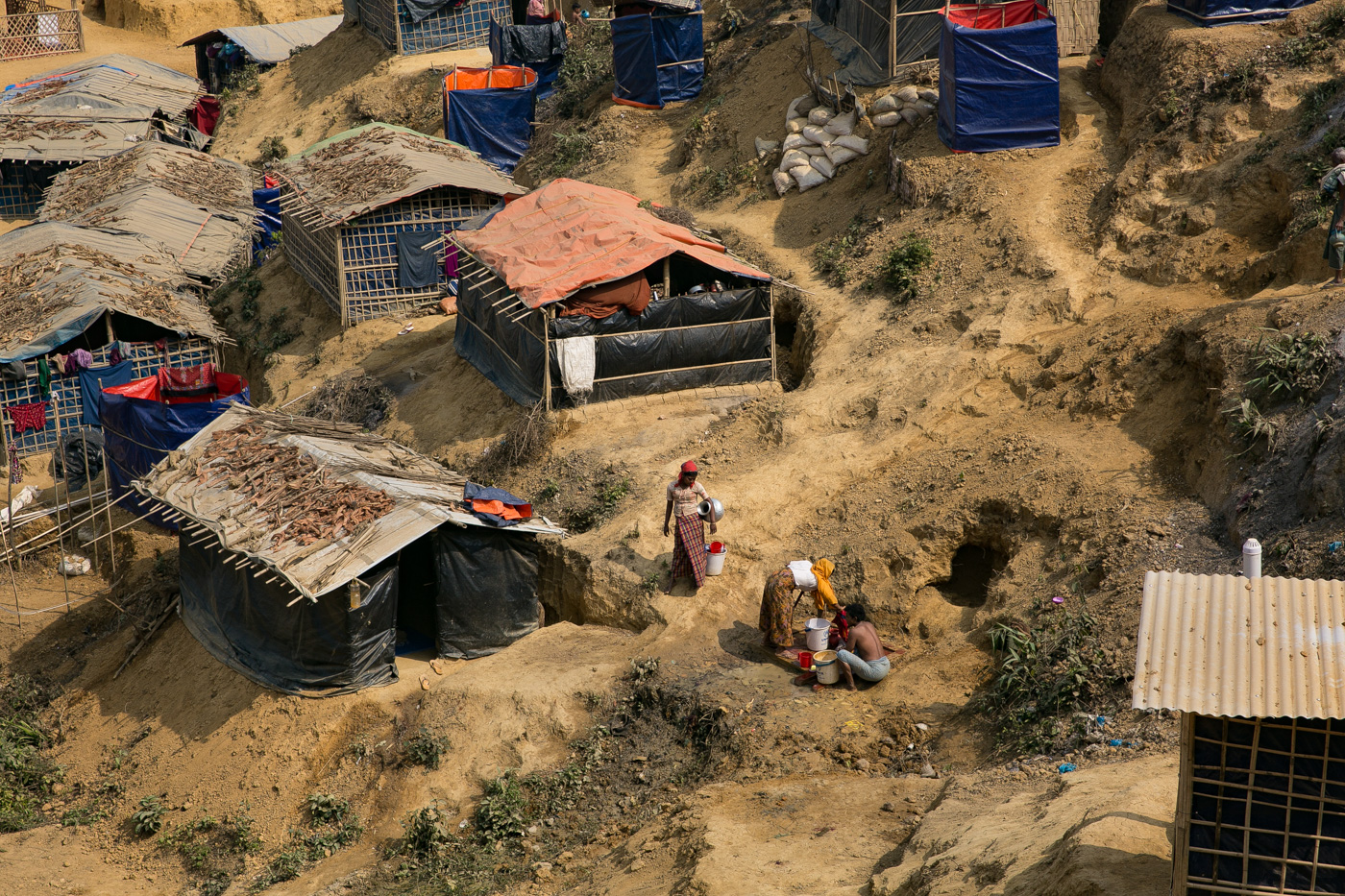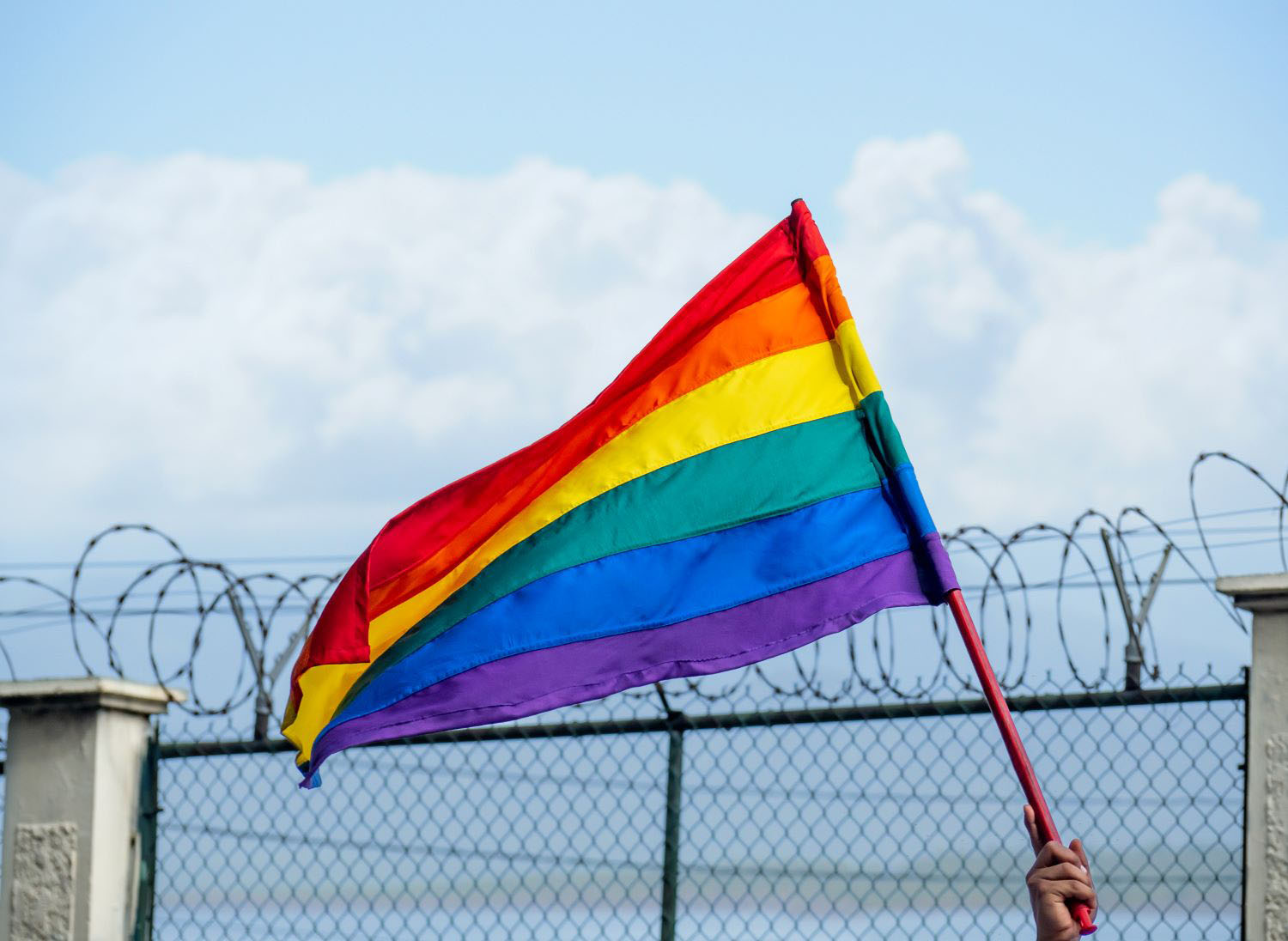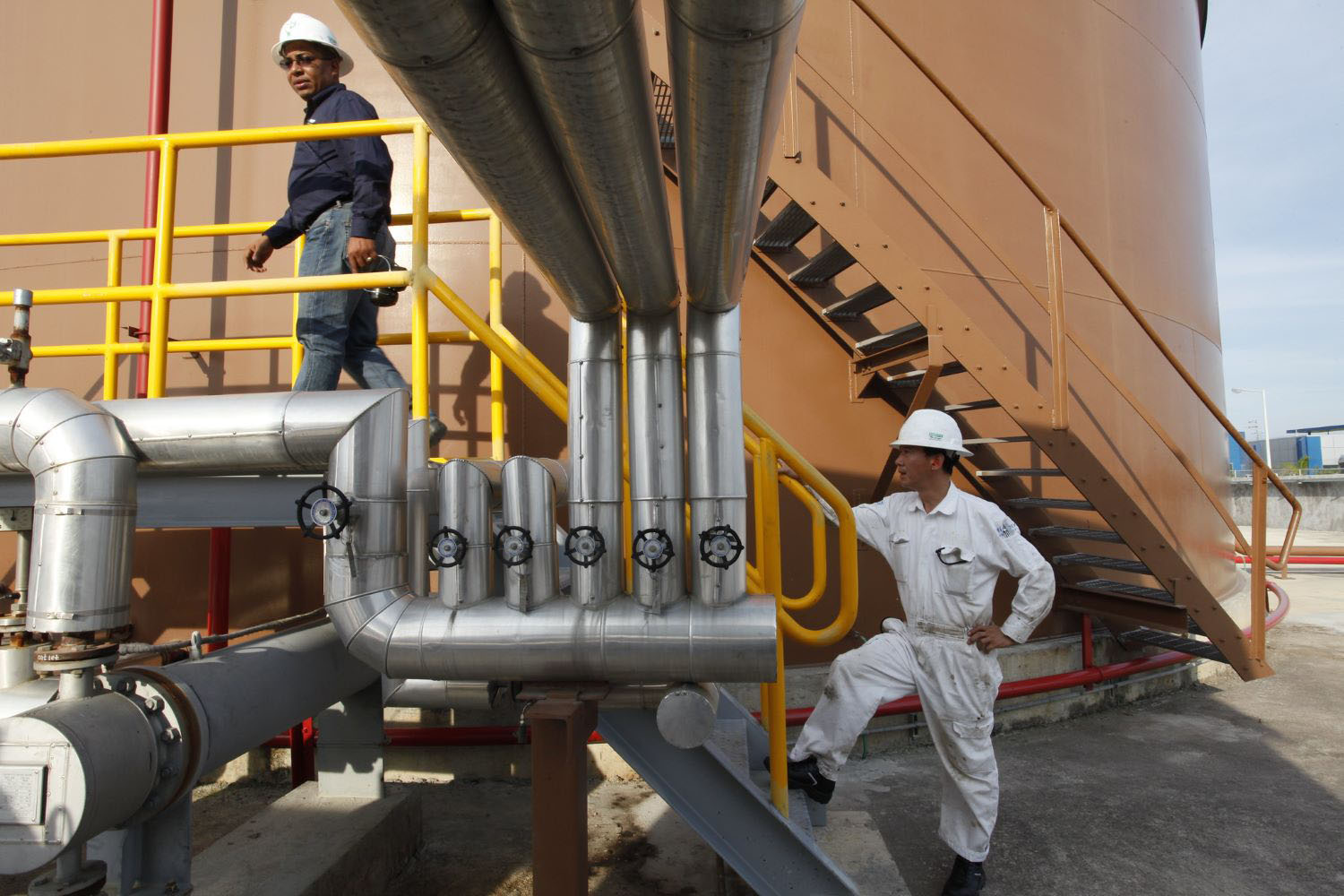Recommended
Executive Summary
Cox’s Bazar, one of Bangladesh’s most climate-vulnerable and economically disadvantaged regions, is hosting over a million Rohingya refugees from neighboring Myanmar. The vast majority are concentrated in refugee camps in Cox’s Bazar’s Ukhia and Teknaf subdistricts, where refugees outnumber the local population nearly three to one. In a region where a third of the local population lives below the poverty line,[1] the additional pressure of the refugee crisis poses significant economic and social challenges, such as increased cost of living, labor market effects, climate vulnerability, competition for limited public resources, and security risks.[2]
While the ultimate goal remains safe, voluntary, and dignified repatriation of the refugees back to Myanmar, realistic scenarios for repatriation show significant numbers of Rohingya will remain in Bangladesh for more than 10 years.[3] Consequently, there is growing interest in trying to move beyond the existing short-term aid-based solutions to inclusive, medium-term approaches that include economic, environmental, and human development in the region.[4] This latter set of approaches can serve the interests of both host and refugee communities in Cox’s Bazar, while also contributing to Bangladesh’s long-term development agenda.
In this note, we discuss one of these approaches: promoting labor mobility agreements with a strong link to employment-oriented skills development for Bangladeshis and Rohingya. Such interventions can enable the Government of Bangladesh (GoB) to mitigate the economic stress of the crisis (at the local and national level), while expanding on mutually beneficial labor migration opportunities, which continue to be a focus of Bangladesh’s national development agenda.[5] These approaches will ensure the international community supports Bangladesh in addressing the Rohingya crisis, referred to here as “responsibility sharing.”
We present three ways in which labor mobility agreements, complemented by employment-oriented skills development initiatives, could support host communities in Cox’s Bazar, Rohingya refugees, and Bangladesh’s national development objectives.
1. Upskill the host community under a Global Skill Partnership model
Labor mobility opportunities remain underutilized due to a mismatch between demand in countries of destination and the supply of Bangladeshi migrant workers with the competencies and experience needed to meet that demand.[6]The Global Skill Partnership model addresses this skills mismatch.[7] A Global Skill Partnership is a bilateral agreement between a country of origin and a country of destination whereby the latter invests in the training of migrants in the former before they move, in targeted skills needed in both countries. Some trainees remain in the country of origin (the “home” track), increasing human capital, while others move to the country of destination (the “away” track), plugging skills gaps and increasing their incomes.
A Global Skill Partnership pilot in Cox’s Bazar could train locals and build on existing skill development initiatives, funded through bilateral official development assistance (ODA),[8] and negotiated with countries like Canada, the United Kingdom, the United States, Japan, South Korea, and those in the European Union (EU). The model is designed to address specific skill shortages in countries of destination[9] while granting them greater control over the migration process. These countries could work with the GoB to create special provisions for inclusion of the Rohingya community as part of the “home” track. This would allow the refugees to contribute economically to Myanmar if repatriated, or to Bangladesh if temporary work permits can be made available.
2. Extend labor mobility agreements with Gulf Cooperation Council and East and Southeast Asian countries
International labor migration is an integral part of Bangladesh’s current and future development and growth strategy.[10] Initiatives to extend labor mobility agreements can thus serve a dual purpose: promoting economic benefits and enhancing responsibility sharing. On the first, such migration can benefit migrants directly through alternative sources of income, while also supporting their families and local economies through remittances and contributing more broadly to Bangladesh’s foreign exchange reserves. On the second, improving access to employment abroad may moderately mitigate competition for wages and resources in Cox’s Bazar[11] (if locals from that area are preferentially selected). More importantly, this approach shows solidarity with Bangladeshi host communities, a narrative that could help ease the recent rise in social tension.[12]
While this approach is theoretically possible with all the Gulf Cooperation Council (GCC) and newly industrialized East and Southeast Asian countries, in this note we focus on countries that already have bilateral labor mobility agreements in place with Bangladesh, have expressed some commitment to responsibility sharing, and have demonstrated mutual benefit from such arrangements. Consequently, we focus on the Kingdom of Saudi Arabia (KSA), United Arab Emirates (UAE), and Qatar among the GCC countries; and Malaysia, South Korea, Japan, and Hong Kong Special Administrative Regime (SAR) in the East and Southeast Asian region.[13]
3. Promote limited labor migration opportunities for Rohingya refugees
In addition to traditional refugee resettlement, a final option would be to explore new opportunities for the direct labor migration for the Rohingya through programs such as Talent Beyond Boundaries (TBB). TBB is conducting a pilot for a small number of Syrian refugees based in Lebanon and Jordan, matching them with employment opportunities in Canada and Australia (with plans for expansion into the Middle East). While TBB is still in the initial phases of its operation (10 to 15 families are currently in the program), a similar pilot for a small number of applicants could be applied to the Rohingya population, creating pathways to citizenship and/or permanent resettlement in a third country. A full mapping of skills as a first step could help identify potential candidates for such a pilot. Additionally, given the low literacy levels among the Rohingya,[14] a TBB pilot could be linked to local skills training programs, helping refugees in the camps develop the necessary profiles over time. Resettlement initiatives such as this can benefit Bangladesh by reducing pressure and increasing remittances.
All the labor mobility options presented above must account for the Rohingya population’s preferences for mobility; ensure safe working conditions; and provide accessible and affordable opportunities through an overhauled intermediation system. Provided these conditions are met, the above options provide a way forward for members of the international community who are committed to share responsibility with Bangladesh for the Rohingya crisis.
[1] Compared to the national level of 25 percent. Alberto Francesco Lemma, Maria Quattri, Jessica Hagen-Zanker, Caitlin Wake, Selim Raihan, & Abu Eusuf, “Strategies for Inclusive Growth in Cox’s Bazar. The Asia Foundation Economic Dialogue on Inclusive Growth: Research Report No. 4”, 2018, https://asiafoundation.org/wp-content/uploads/2018/11/EDIG-No.4-Strategies-for-inclusive-growth-in-Coxs-Bazar.pdf
[2] “Impacts of the Rohingya Refugee Influx on Host Communities”, United Nations Development Programme, November 2018, https://www.undp.org/content/dam/bangladesh/docs/Publications/Pub-2019/Impacts%20of%20the%20Rohingya%20Refigee%20Influx%20on%20Host%20Communities.pdf, accessed 7 August 2019.
[3] UNDP Bangladesh Country Office, “Impacts of the Rohingya Refugee Influx on Host Communities,” November 2018, https://issuu.com/bdundp/docs/impacts_of_the_rohingya_refigee_inf.
[4] Irene Yuan Sun and Cindy Huang, “Designing a Medium-Term Response for the Rohingya Refugee Crisis: Ideas for Bangladesh, the International Community, and the Private Sector,” forthcoming CGD report which will be available at /page/solutions-for-bangladesh-hosts-refugees.
[5] Seventh Five Year Plan FY2016-FY2020, 2016, General Economics Division, Planning Commission, Government of the People’s Republic of Bangladesh, https://www.unicef.org/bangladesh/sites/unicef.org.bangladesh/files/2018-10/7th_FYP_18_02_2016.pdf
[6] “Skills for the international labour market: Bangladesh country report”, p. xiii, ILO, 2015, http://apskills.ilo.org/resources/skills-for-the-international-labour-market-bangladesh-country-report/at_download/file1.
[7] Michael Clemens, “Global Skill Partnerships: A Proposal for Technical Training in a Mobile World (Brief)”, The Center for Global Development, October 2017, /publication/global-skill-partnerships-proposal-technical-training-in-mobile-world-brief
[8] For more information, please visit https://www.giz.de/en/worldwide/60103.html
[9] For example, a need for skilled ICT workers in Belgium’s Flanders region supplied by Moroccan ICT workers who receive extensive training prior to migration as in the case of the Morocco - Flanders General Skills Partnership model.
[10] Roughly half a million workers traveling overseas annually for the past decade sending back remittances that comprise the second largest source of foreign currency. Source: Bureau of Manpower, Employment, and Training (BMET).
[11] Abdur Razzaque, “The Rohingya Refugee Crises: Socio-economic Impacts on the Host Community,” Policy Research Institute, July 2019, presented in Dhaka, Bangladesh in July 2019.
[12] Ibid.
[13] Countries in each of the two regions are ordered in accordance with the existing stock of Bangladeshi migrants at the respective destinations.
[14] Abhishek Bhatia, Ayesha Mahmud, Arlan Fuller, Rebecca Shin, Azad Rahman, Tanvir Shatil, Mahmuda Sultana, K. A. M Morshed, Jennifer Leaning, and Satchit Balsari, “The Rohingya in Cox’s Bazar: When the Stateless Seek Refuge”, Health and Human Rights Journal, August 2018, https://www.hhrjournal.org/2018/08/the-rohingya-in-coxs-bazar-when-the-stateless-seek-refuge/, accessed on 7 August 2019.
Rights & Permissions
You may use and disseminate CGD’s publications under these conditions.







